Claydite concrete blocks with facing
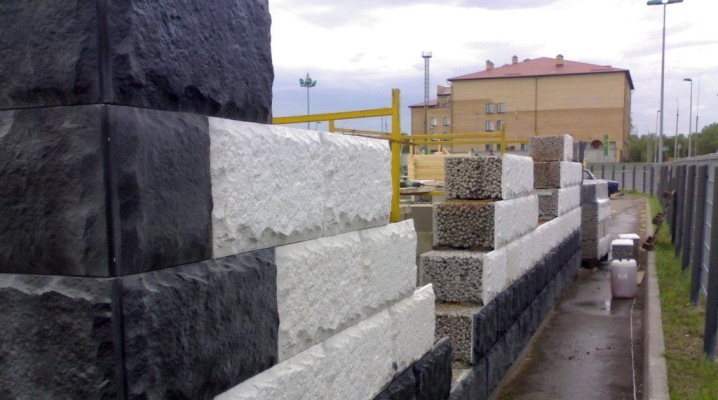
When erecting a variety of building structures, it is often necessary to carry out facing work. To do this, you can take various materials. At the same time, expanded clay concrete blocks are very popular. A huge variety of such products are currently being produced. Today we will talk about the features of these blocks, specially designed for cladding.
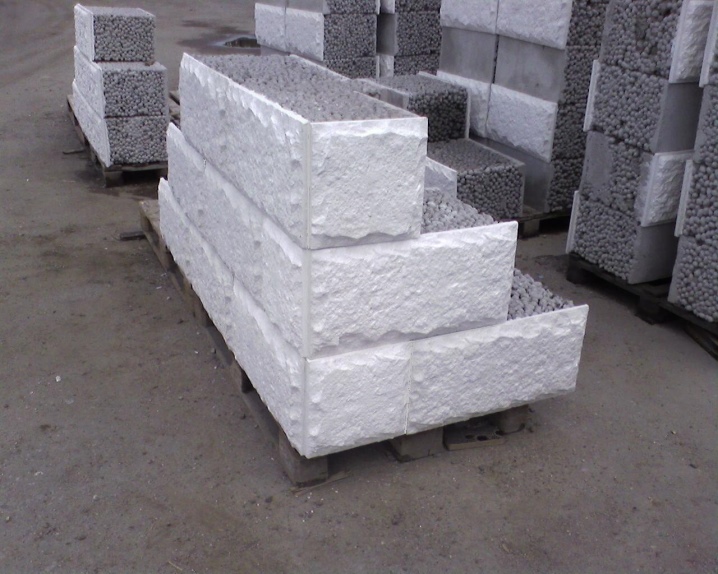
Description
Expanded clay concrete facing blocks are a special environmentally friendly material that is used in the construction of strong and durable wall coverings. Such building structures have a porous structure. Foamed clay is the main component for them. Mixed with concrete, it will give the necessary strength and durability.
Expanded clay concrete can boast of excellent durability. Structures made from it can last as long as possible, while they will not require special care.
Besides, these building products can easily withstand sudden changes in temperature, exposure to large amounts of moisture. The material has high levels of hygroscopicity and vapor permeability. It is also considered to be quite refractory. Shrinkage after the installation of the blocks will be minimal.
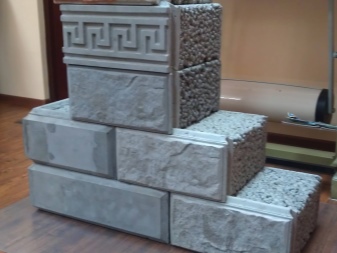

These blocks are considered an economical option for the construction of residential buildings. The material has a low cost compared to many other building bases of this type. In addition, the use of cladding blocks eliminates the need to purchase and install additional decorative material. A distinctive important feature of this type of expanded clay concrete blocks is the presence of a decorative layer on the outside, which allows it to be used for facing work. This significantly saves money and time for the creation of the topcoat.
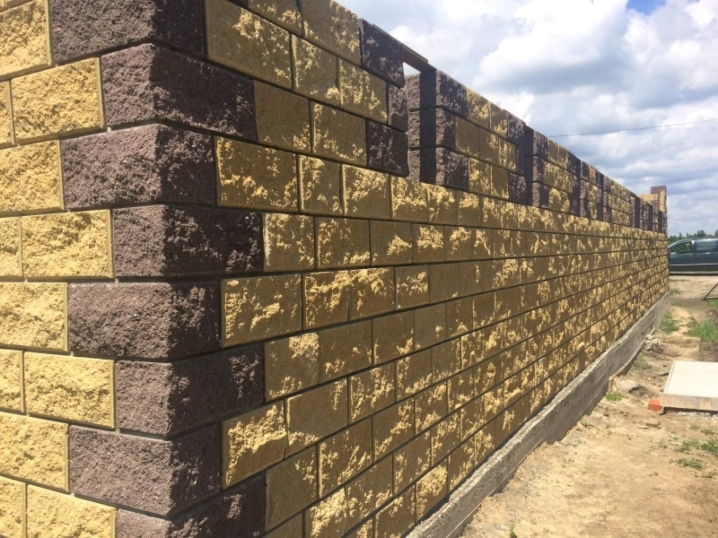
The finishing layer is made from a mixture of concrete, which has significant strength and hardness, and a special coloring pigment. The mass is applied using specialized equipment that allows you to make a variety of colored forms of the decorative side. Often, beautiful imitations of bricks, chipped stone or wood-like surfaces are created in this way.
Unlike concrete structures, the total mass of expanded clay concrete will be much less. This material makes the structure of the house under construction much lighter, while its technical characteristics will not be affected.
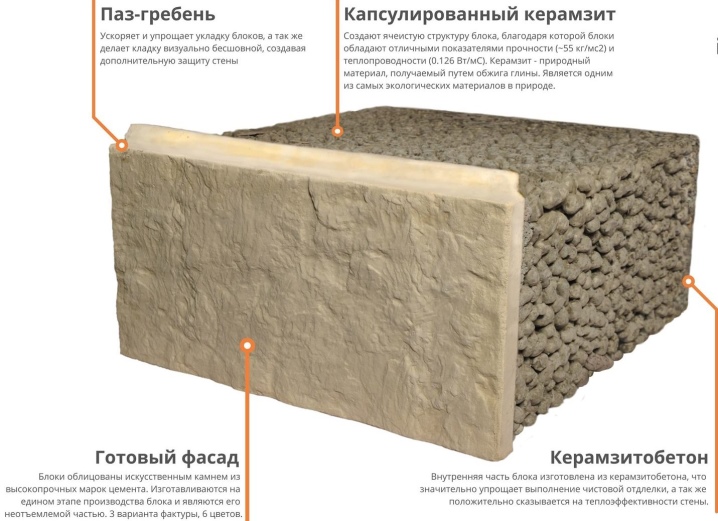
But if necessary, this material is rather difficult to cut into the desired parts. Careless cutting may cause small cracks or uneven edges to appear on the surface.
Almost any person can handle the installation of such material, this does not require special knowledge, but if you wish, you can turn to professionals for help. It should be remembered that thorough preparation of the inner side of the surface should be carried out before laying. It must be well plastered. After installing the expanded clay concrete blocks, it is imperative to carry out additional surface treatment with appropriate waterproofing and heat-insulating materials.

Species overview
These building blocks can be made in various designs. Depending on the structural features, three main types of such structures can be distinguished.
- Slit-like. These building blocks are designed in such a way that there are openings in the form of slits in their inner part. This structure contributes to the free circulation of air flows, in this regard, they also have better thermal insulation properties. If building structures are used in the construction of partitions in the interior of the premises, then they will contribute to the normalization of air humidity in it. Slotted expanded clay concrete materials will be the best option for the construction of strong and reliable partitions indoors, as well as for the construction of outbuildings.
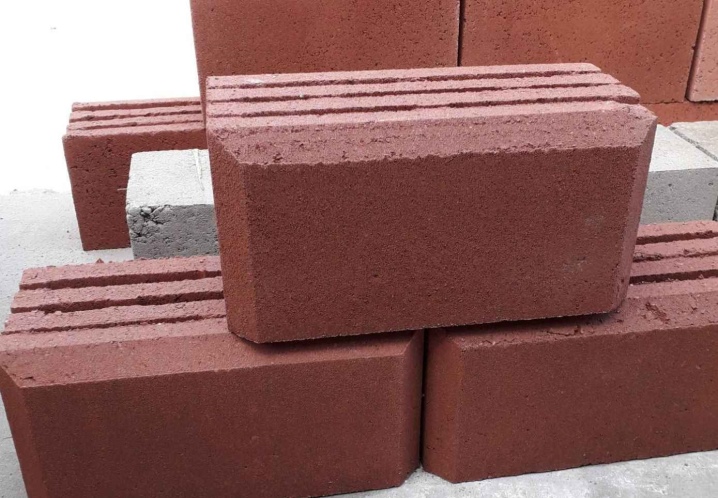
- Hollow. Such block models differ in the minimum mass compared to all other types. They also have a relatively low density and low thermal conductivity. Hollow options are mainly used to create buildings with a low height and to organize sound insulation and thermal insulation in living rooms.
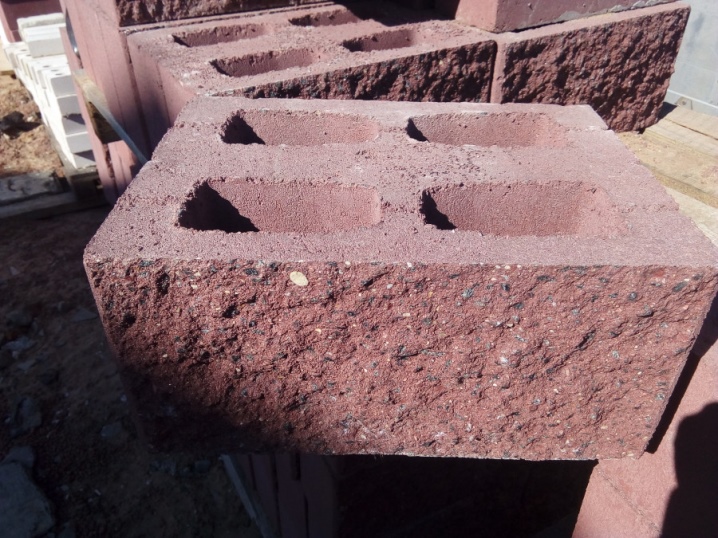
- Corpulent. These types of building material have the appearance of a large monolith, which has increased strength indicators. Full-bodied models of expanded clay concrete blocks can easily withstand maximum weight loads, therefore they are used in the formation of load-bearing wall coverings. In addition, they are distinguished by high density, but the cost of these facing materials will be higher compared to the two previous options.
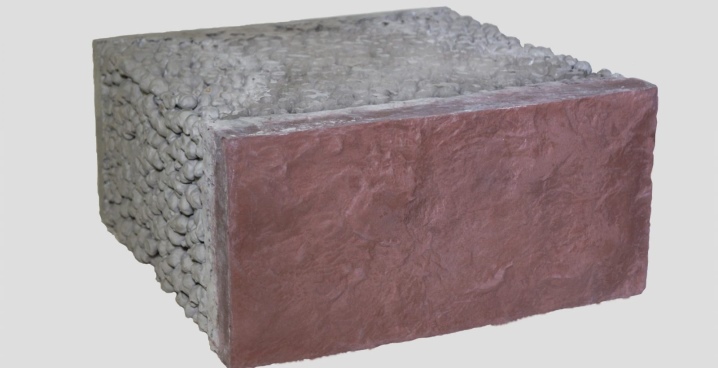
Currently, manufacturers produce a large number of colored claydite-concrete facing blocks. Consumers can see models designed in a wide variety of colors, but samples of beige, dark pink, yellow shades are more common.
The structures are given various colors by adding a special inorganic dye during the manufacture of the mixture.
Often, when carrying out facing work with expanded clay concrete, models decorated in different colors are alternated. This will create an unusual and beautiful coating design. Samples with different textures can also be used at the same time. They can also have various decorative patterns on their surface. So, models are produced with images in the form of a beautiful engraving. Sometimes simple raised patterns are made on them.
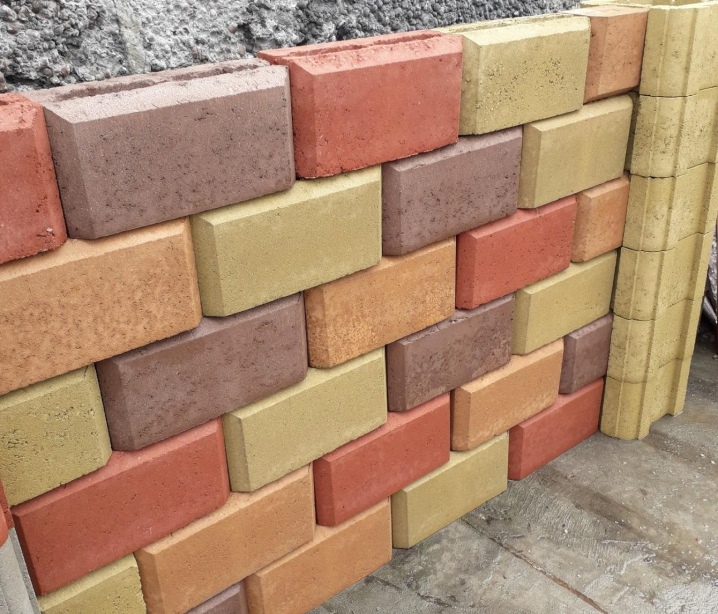
Application features
If you decide to use such a finishing material during construction work, then it is worth considering a number of important features of its use. remember, that these blocks should only be used for their intended purpose. So, hollow structures should be taken precisely for the formation of a heat-insulating layer, since they have a low thermal conductivity. Also, when using such materials, do not forget that even and correct laying will significantly reduce the consumption of construction glue. In addition, it will eliminate the need for additional insulation and topcoats.
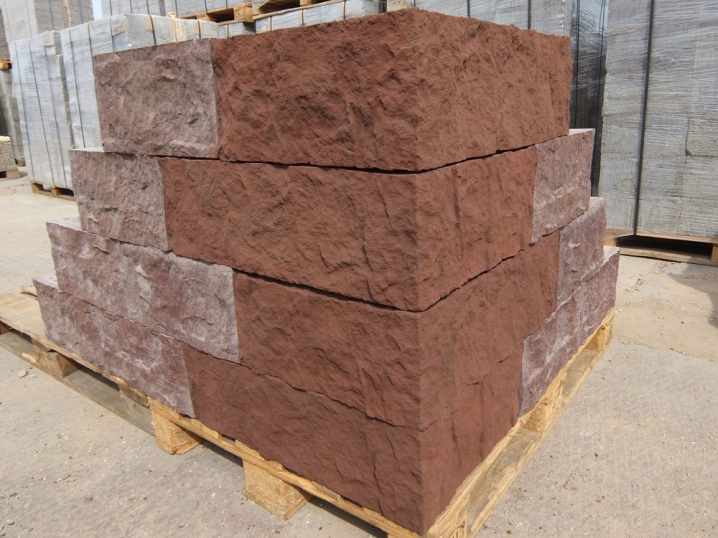













The comment was sent successfully.